3 Powdered Sugar Swaps for Smooth Icing Results
Powdered sugar is essential for smooth icings and delicate dustings, but when you run out, several alternatives can step in effectively.
Blending granulated sugar with cornstarch or using superfine sugar replicates the fine texture needed for frostings.
Natural sweeteners like erythritol powder provide healthier, low-calorie options for those seeking alternatives.
Proper sifting and proportion adjustments are crucial for maintaining the desired consistency and sweetness.
These substitutes keep your icing creamy, glossy, and visually appealing.
Understanding the nuances of powdered sugar replacements ensures your desserts stay flawless.
Explore versatile alternatives to keep your frosting game strong.
Burgundy Wine Alternatives to Consider
Burgundy wine alternatives bring depth and fruitiness to sauces and braises with various flavor profiles. Substitutes help maintain complexity. See which wines or juices might suit your dishes.
Hot Cocoa Mix
Hot cocoa mix offers a delicious alternative to powdered sugar in many chocolate-based recipes.
The sweet and slightly chocolatey taste works wonderfully in chocolate cookies, cakes, and pancakes, adding an unexpected flavor twist.
For best results, blend the store-bought mix until it reaches that fine, powdery consistency similar to confectioners' sugar.
Most recipes require about 1¼ cups of hot cocoa mix to replace a single cup of powdered sugar, so adjustments might be needed for proper sweetness.
This substitute creates unique end products with a hint of cocoa flavor that regular powdered sugar simply can't provide.
Regular Granulated Sugar
Substituting ingredients in baking can save the day when you're in a rush and need alternatives.
Granulated sugar works well as a replacement for powdered sugar in many recipes, especially in cake and cookie batters where the texture difference isn't as noticeable.
The main drawback comes with icings and frostings, where granulated sugar creates an unwanted grainy texture most people find unappealing.
For proper measurement conversion, one cup of granulated sugar replaces about 1¾ cups of powdered sugar in icing recipes.
Foods made with granulated sugar instead of powdered sugar tend to be less dense because granulated sugar lacks the cornstarch found in powdered varieties.
Artificial Sweeteners
Substituting artificial sweeteners for powdered sugar gives diabetics and health-conscious people a great way to enjoy sweet treats without the extra calories.
The simple mixture of 3/4 cup sweetener with two tablespoons of cornstarch, blended until powdery, works perfectly in most recipes as a 1:1 replacement.
Many bakers find this alternative creates desserts that taste nearly identical to traditional versions, though some notice a slight difference in texture or melting properties.
For best results, the substitute should be stored in an airtight container to prevent clumping from moisture in the air.
This sugar-free option allows anyone following dietary restrictions to still participate in special occasions without feeling left out.
How Does Sweetness Intensity Affect Icing Balance When Using Substitutes?
Sweetness intensity plays a crucial role in the overall flavor balance of icing. When using sweetener substitutes, those that are sweeter than traditional powdered sugar, such as some liquid sweeteners or concentrated syrups, can overpower the icing, making it too sweet and masking other flavor nuances.
Conversely, less sweet alternatives may result in a bland or underwhelming icing. Adjusting the quantity and balancing with acidic or bitter elements, like lemon juice or cocoa powder, can help achieve a harmonious taste.
Does Adding Starch Improve The Texture Of Icing Substitutes?
Yes, adding starch to icing substitutes can enhance texture by providing structure and stability. Starches like cornstarch or arrowroot absorb excess moisture and help thicken the icing, preventing it from being too runny or sticky.
This creates a smoother, firmer finish that holds up better on cakes and pastries. However, it’s important to add starch in moderation to avoid a gritty or overly dense texture.

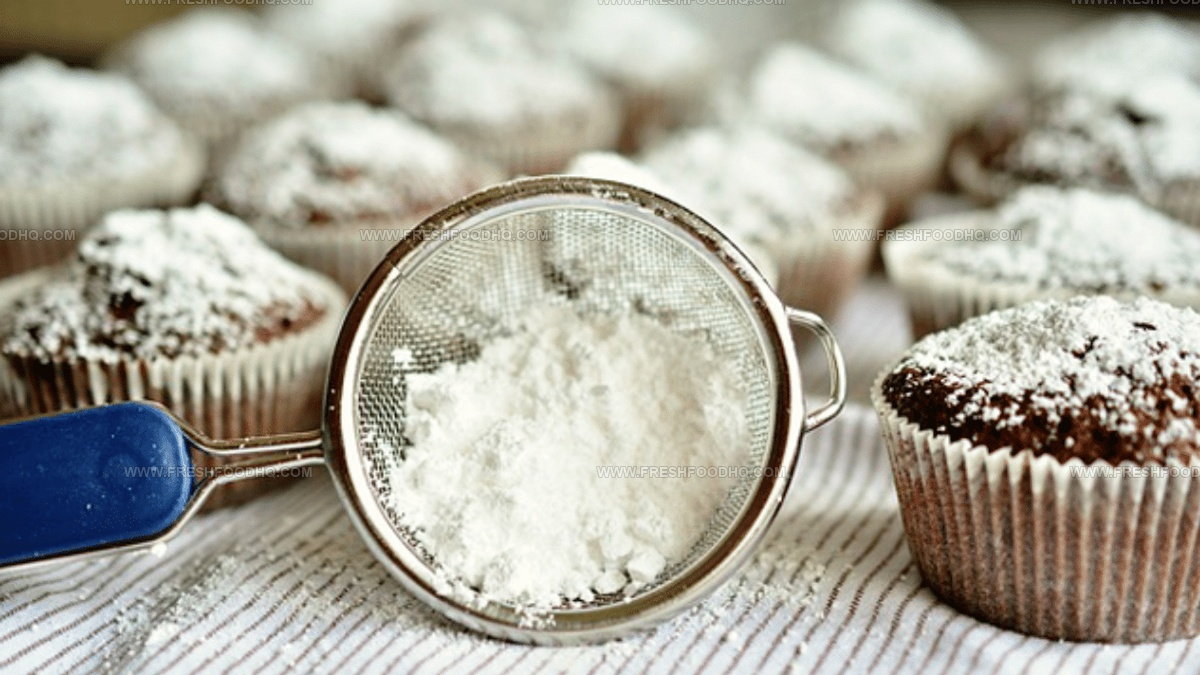
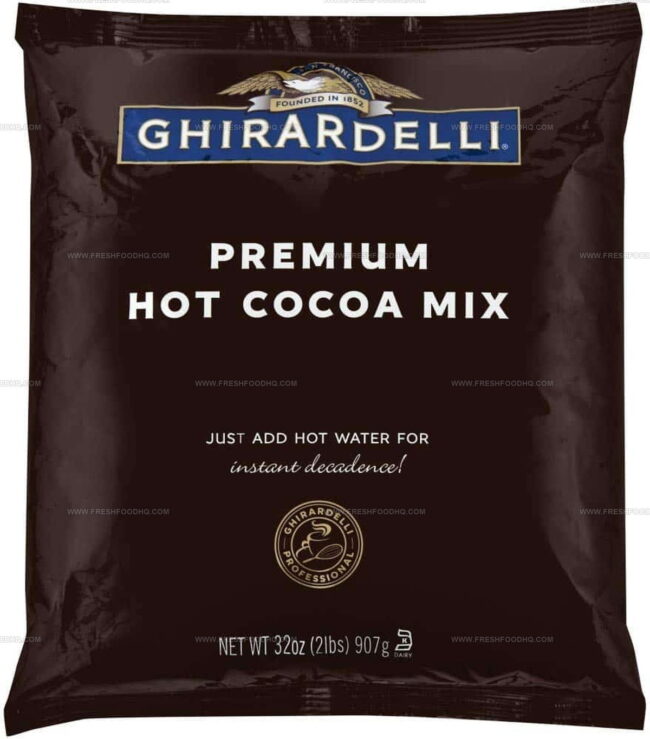
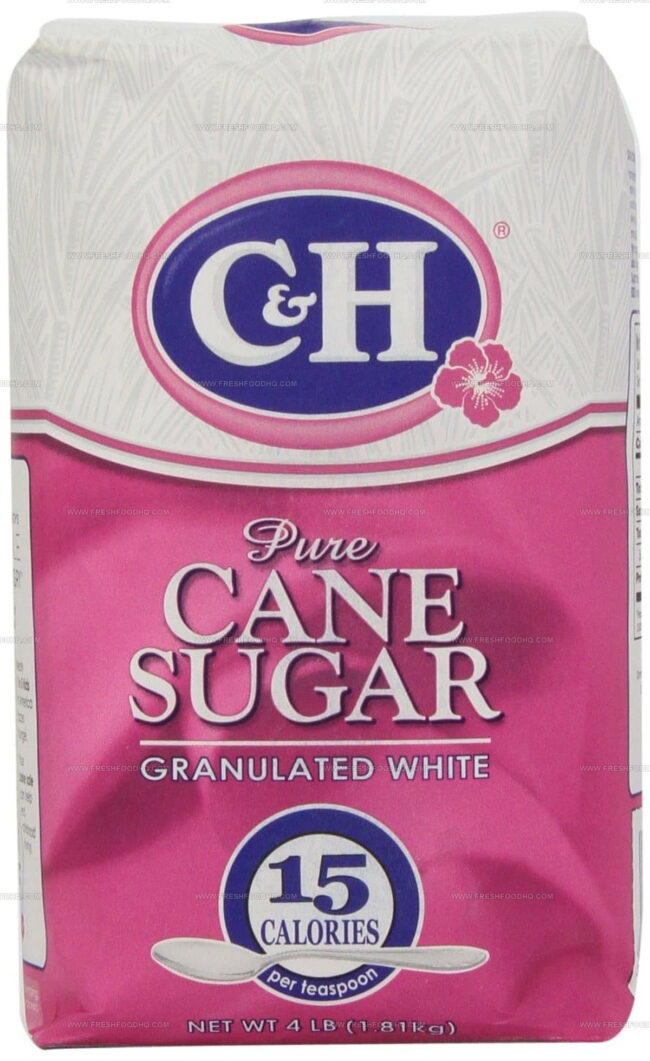
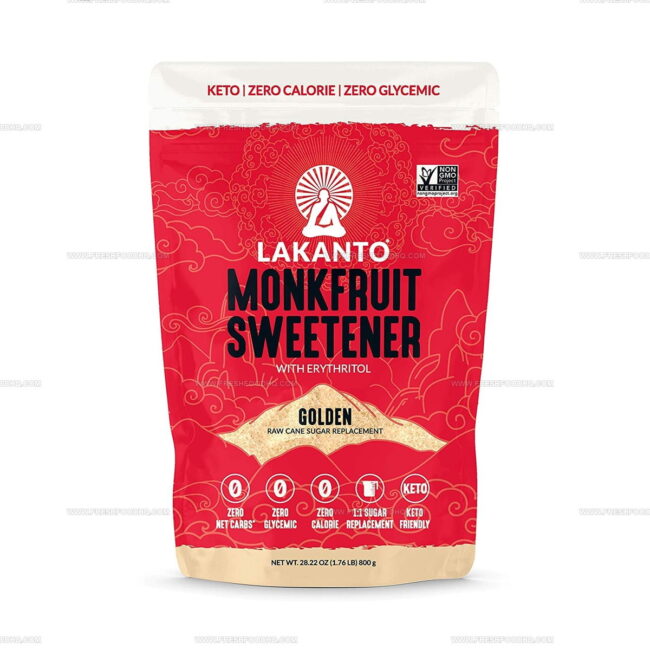
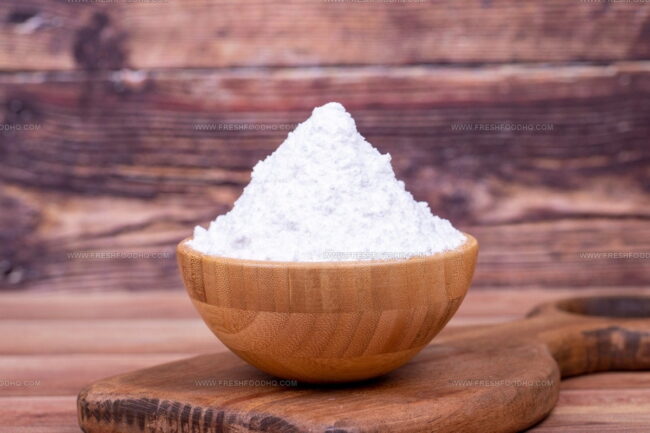
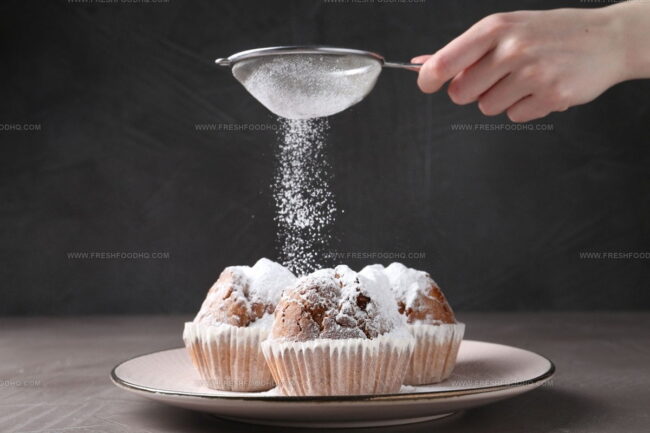
Ethan Caldwell
Founder & Culinary Innovator
Expertise
Farm-to-table cooking, Seasonal recipe creation, Culinary storytelling, Food photography and styling
Education
The Chef’s Academy (Indianapolis, IN)
Ethan didn’t just fall in love with food, he grew into it, surrounded by fields, farmers’ markets, and family meals that told a story.
After sharpening his skills at The Chef’s Academy, he took his passion straight into the farm-to-table movement, working side-by-side with local growers and seasonal flavors.
He believes every recipe should feel like a walk through a summer market: colorful, fresh, and full of possibility.
Outside the kitchen, Ethan’s idea of a perfect day is hiking mountain trails, digging into heirloom vegetables, and hosting casual dinners where seconds are always encouraged.